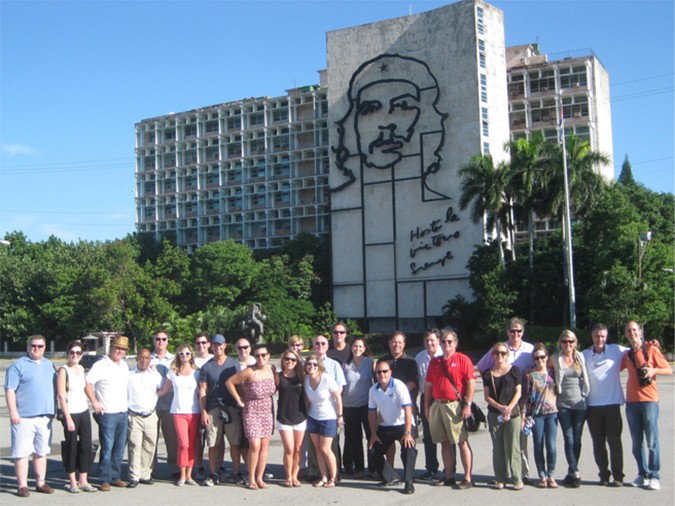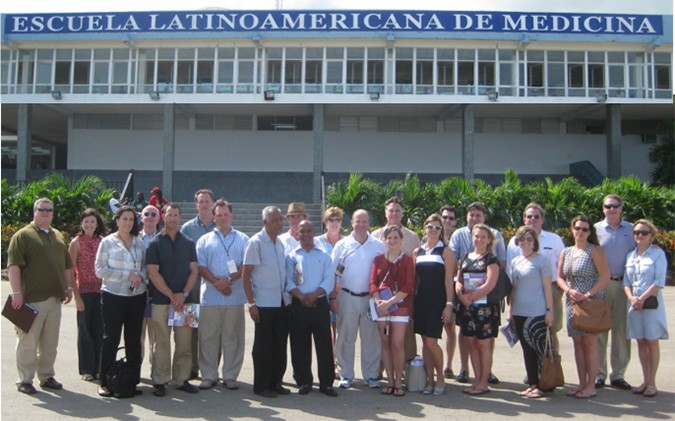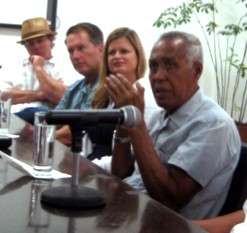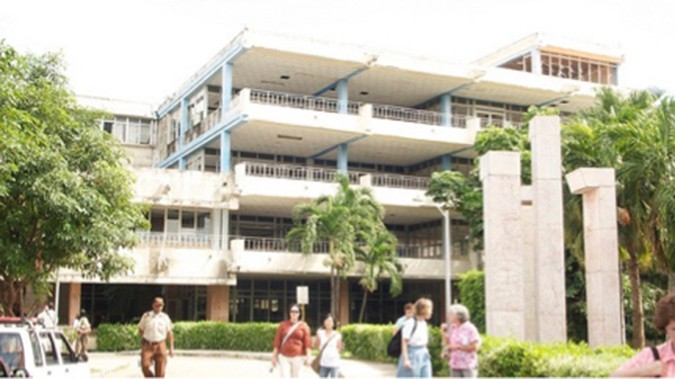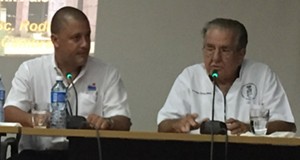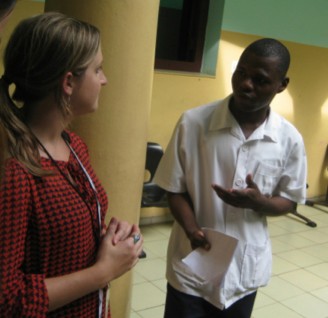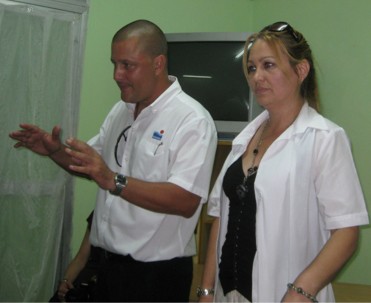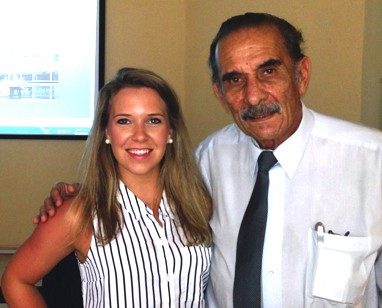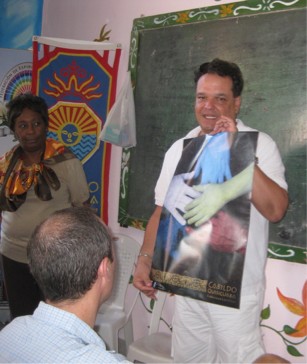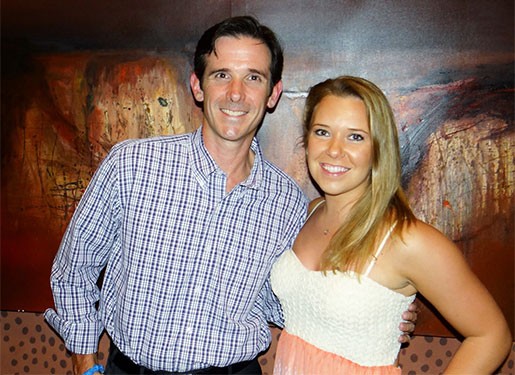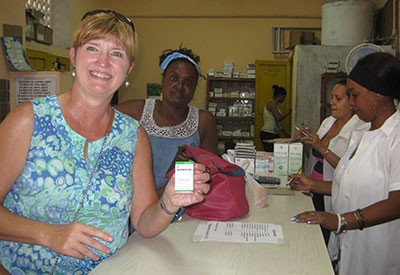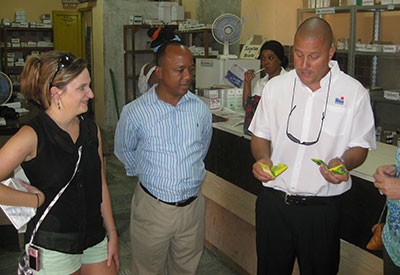In October 2014, Scott Mertie, president of Kraft Healthcare Consulting, led a delegation of healthcare professionals to Cuba to learn about the country’s fascinating healthcare system. With one of the highest life expectancy rates in the Americas, Cuba has been well known for its national health system and physician education programs.
Latin American School of Medicine
- The school was formed after Hurricane Mitch in 1999. Cuba exported doctors to Caribbean islands for hurricane assistance and realized the need for a medical school to train doctors from these countries.
- Students attend the University for the first two years of academics and then train in clinical work for four years.
- The University has graduated more than 24,000 students.
- All professors are Cuban and students attend for free.
- 97 countries are represented among the student body and graduates.
- There are no HIPAA laws or regulations to follow.
Frank Pais Orthopedic Hospital
- The facility has 750 beds and all surgery is free.
- The hospital has a sports treatment facility called Orthoforva where they treat athletes, including Olympians.
- The hospital hosts conferences in the auditorium to raise funds for the facility.
- The hospital has affiliated with three nearby hotels for families and patients to stay before and during their treatment.
- The doctors perform 120 operations per day.
- Patients have the option of first visiting their primary care physician or going directly to the hospital.
- Cuba’s health tourism allows for set fees for all patients.
Polyclinic
- There are three levels of healthcare available for Cubans — primary care physician, polyclinic and hospital.
- A polyclinic is an outpatient facility for patients who don’t require an overnight stay. A patient can only stay in this polyclinic for six hours. They don’t keep electronic records. All records are all completed by hand.
- Heart disease is the number one cause of death in Cuba followed by lung and prostate cancer.
- Jose Marti said, “The real medicine is the one that prevents.” Marti was a revolutionary who fought for Cuban independence against Spain in the 19th century.
- During the “special period” of economic crisis in Cuba after the collapse of the Soviet Union, the Cubans were forced to be creative with healthcare since resources were scarce. They turned to acupuncture and ancient Chinese medicine. They are still practicing these today along with more traditional, Western medicine.
Cuban social and political transition
Daybl Panelisa, Ph.D., Social Psychology Professor at the University of Havana discussed the “Seven problems with Cuban Socialist model.”
- Increased social inequality and poverty –
- Twenty percent of Cubans live below the poverty line which goes against socialist values. The average income in Cuba is about 15 CUC per month, equivalent to 15 U.S. dollars.
- Single, black woman are the poorest in the country. However, in general, Cuban women are more successful than Cuban men, but men hold the majority of the leadership positions in companies and government. Culturally, women are expected to stay home to take care of their families.
- The elderly population is becoming a problem because they are living longer and Cuba doesn’t have the resources to take care of them.
Public daycares are also an issue. Government run daycares are free but in terrible condition, some with no running water. Private daycares are available for a fee, and they are typically in better condition than the state run facilities.
- Doctors work in very poor conditions. It is custom for patients to bring a gift, such as food, to the doctor as a thank you for treatment.
- Hyper-centralization – Cuba’s government is highly centralized with a vertical decision making process. The people are not very involved. There is a disconnect with what is allowed and what is available, so they implement rations on certain items.
- Overextended state – Ninety five percent of the labor force in Cuba is employed by the state.
- Hyper-bureaucracy – The Cuban government has grown substantially in the last decade causing inefficient administrative control. Also, many Cubans believe there are too many prohibitions.
- Corruption – Because Cuba doesn’t have enough resources for all citizens a pattern of “justified stealing” or “Luchando” has emerged for survival. Inefficient government regulations and a decrease in social and legal control have allowed the creation of a black market to sell pirated items such as music and movies.
- Media & communication policy – All media in Cuba is one-sided “party” media — regulated and disseminated by the government.
- U.S. policy unchanged – The U.S. commercial, economic and financial embargo against Cuba is still in place.
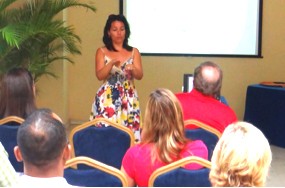 |
Ministry of Health Overview
Dr. Portilla with the Cuban Ministry of Health discussed the major health concerns and challenges in Cuba today.
- Tobacco and alcohol abuse are problems in Cuba.
- Cubans high consumption of pork is a problem because it leads to heart disease.
- Ninety five percent of Cuban citizens receive clean water.
- Health prevention and promotion are important in Cuba. Sex education starts at age five, so by age thirteen children are aware of the effects of STD and AIDs.
- Sixty percent of the doctors in Cuba are woman.
- Dr. Portilla visited the University of Maryland and John Hopkins University and was astonished by their $50 million per unit budget.
Community Outreach Center – HIV/AIDS Clinic
The Community Outreach Center and HIV/AIDS Clinic was started by the community so those individuals infected and affected by HIV/AIDS can receive prevention education, support and treatment and well as build friendships.
Economic Overview
Economist, Jorge Mario Sanchez, provided an overview of Cuba’s economic environment.
- Cuba has the same exports as the rest of the Caribbean — tourism, sugar and bananas, so it’s a highly competitive market.
- Tourism is good for the Cuban economy but harmful to human capital. There are many well-educated Cubans because education is free an available to all citizens; however, with a lack of professional careers available, many well-educated Cubans are forced to take lower-level jobs, like taxi drivers, to support tourism.
- Cuba is experiencing “the tortilla effect.” Cuba has good quality chickens but it’s cheaper to import mass-produced and hormone-loaded chickens from other countries.
- Cubans are hypersensitive to paying taxes because they have never had to pay them before.
- Any major governmental change, move towards capitalism or U.S. lifting their trade embargo would need to be rolled out gradually, over time, so Cuba is not overwhelmed and has time to adapt.
Cuba and U.S. Foreign Relations
Vice Consul of U.S. Foreign Services, James Gardiner, provided an overview of Cuba and U.S. foreign relations.
- The U.S. Foreign Services Department in Havana works for the U.S. Interest Group through the Swiss Consulate.
- Mr. Gardiner summed up Cuba in one word — “control”, which, he believes, actually makes for a very safe place to live and work.
- The U.S. Foreign Services Department’s main focus is working with Cubans to provide U.S. Visas.
- They work with the U.S. Coast Guard in regards to Cuban refugees.
- They work with Americans in Cuba illegally.
Cuban Pharmacy
- All prescription medications are provided free of charge to Cubans.
- There are very few choices of medications available by prescription or over the counter, and many of those are in short supply.
- Most newer brand name pharmaceuticals to treat specific diseases are unavailable to Cubans (unless obtained on the black market) because of embargo restrictions or cost.
Information provided by Kraft Healthcare Consulting in Nashville, TN.
“Where logic ends, Cuba begins.”
